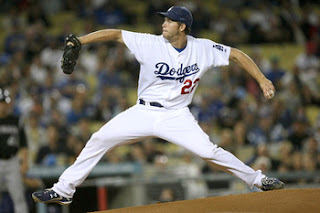Big Questions-How do we measure force in a reliable and repeatable way? What is the relationship between mass of an object and the force needed to hold it in place?
- The first lab we performed was about "mass vs. force." We measured brass masses ranging from 200g-1000g with a manual and electric probe. We were able to figure out the force of Newtons (N) needed to life the mass. With this data, we created a graph.
- Ms. Tye challenged us to find the relationship between mass and force with the data we collected. To find the slow, we plugged in Newtons (rise) over kg (run) which came out to be 10. We labeled the x-axis with the independent variable or the mass (kg) of brass mass. Then we labeled the y-axis with the dependent variable or the force (N). In the end, we came to the conclusion that M=1/10 Force or F=10M. 10 N/kg is "g" or the gravitational constant on Earth.
- From the lab, I learned that by increasing the mass of an object, more force is required to life tje object. Surprisingly, the gravitational constant is different on each planet. 10 N/kg, the force on Earth, is the weakest of all the planets.
Ever wonder how a pitchers have the ability to throw the ball so incredibly fast? Part of the reason is God given talent and hard work. The other part has to do with the relationship between speed and force! Clayton Kershaw of the LA Dodgers pitches the ball in the mid 90s. To get the ball to travel that fast for about 60 ft and 6 inches takes quite a bit of force.


Thank you for your succinct summary regarding our lab procedure and data analysis. I really appreciate that you referenced the Big Question and included a description of our data analysis (g=10N/kg) and the equation derived (F=mg). Make sure to always convert grams to kilograms!
ReplyDeleteJust to clarify, F=mg refers to the force of gravity on Earth. This is the force pulling a basketball in the air to the ground - the force a basket ball player exerts on the ball is a different type of force that we will investigate later in the year.